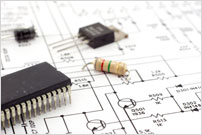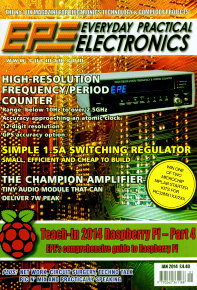January 2014 Issue
A summary of this month's contents.
2.5GHz 12-digit Frequency Counter with Add-on GPS Accuracy (Part 1)

A world first! This superb 12 digit high-resolution frequency counter covers a range of <10Hz to >2.5GHz. Apart from an internal timebase it also has an external timebase input that can accept 1Hz pulses from a GPS receiver to achieve measurement accuracy approaching that of an atomic clock.
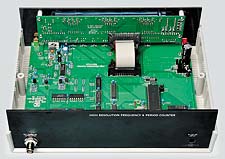 Period measurement range from 1µS to nearly 1 million seconds. 12 digit 14mm blue LED display. PIC 16F877-based.
Period measurement range from 1µS to nearly 1 million seconds. 12 digit 14mm blue LED display. PIC 16F877-based.
Part 1 this month discusses the circuitry in depth with construction details to follow.
![]() PLEASE TAKE NOTE THAT SINCE PART ONE WAS PUBLISHED, SOME COMPONENT VALUES AND ADDITIONS HAVE BEEN MADE. PLEASE ENSURE YOU CHECK THE CIRCUIT CHANGES DESCRIBED IN PART TWO.
PLEASE TAKE NOTE THAT SINCE PART ONE WAS PUBLISHED, SOME COMPONENT VALUES AND ADDITIONS HAVE BEEN MADE. PLEASE ENSURE YOU CHECK THE CIRCUIT CHANGES DESCRIBED IN PART TWO.
The Champion Amplifier
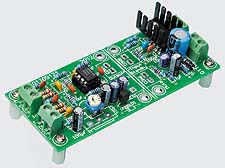
This tiny audio amplifier can deliver 7 Watts peak power with a specification and performance that outshines many ordinary audio modules. It has a wide operating voltage and the preamplifier board (also described) is compatible with microphone and electric guitars. Straightforward to construct on the bespoke p.c.b.s described.
Simple 1.5A Switching Regulator
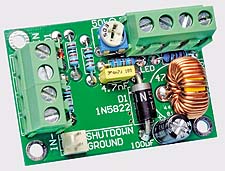

This tiny switching regulator board outputs 1.2-20V from a higher d.c. supply at currents up to 1.5A. It’s small, efficient and cheap to build with many handy features including a very low-drop out voltage, low heat dissipation and electronic shutdown.s
![]() SMD components – good soldering skills are necessary.
SMD components – good soldering skills are necessary.
Teach-In 2014 Raspberry Pi (Part 4)
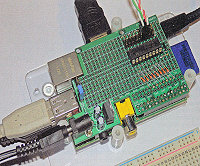 In this month’s instalment of our indispensable guide to the Raspberry Pi, the analogue world is explored. We show how to give your Python programs a more attractive appearance, and the practical section describes the construction of a simple eight-channel analogue input board based on the Humble Pi. We also take our first look at the serial (SPI) interface. Don't miss this great new series!
In this month’s instalment of our indispensable guide to the Raspberry Pi, the analogue world is explored. We show how to give your Python programs a more attractive appearance, and the practical section describes the construction of a simple eight-channel analogue input board based on the Humble Pi. We also take our first look at the serial (SPI) interface. Don't miss this great new series!
![]() Please Take Note – Teach-In 2014 Part 4
Please Take Note – Teach-In 2014 Part 4
In Part 5 next month, we advised of an error in Part 4. In Fig. 4.13 only one diode (D2) should be shown and the second diode is not used. A corrected circuit diagram is given in Part 5.
PIC n’ MIX
Our PIC expert presses on with the creation of a custom-made PIC development board. Free PCB PDF downloadable from the EPE Library.
Also this month:
- Practically Speaking explores the practicalities of capacitor values, types and construction
-
Circuit Surgery examines a reader’s digital counter circuit and flip-flops using simulation software
-
Techno Talk discusses safety and security issues surrounding smart electricity meters
-
Max’s Cool Beans – the Arduino attracts Max’s attention
-
Net Work introduces the latest consumer tablets and smartwatches, Homeplug systems and news of Google Helpout.
- Editorial, adverts, readers’ letters and more, all in the #1 UK Magazine for electronics technology and computer projects.
You can order a printed copy of EPE for delivery to your door (worldwide), or try the PDF Version (needs Adobe Reader for Windows), or the Pocketmags for your mobile device. Subscribe now!
Includes Teach-In Raspberry Pi gpiospiadc.py
Source code file 0114.zip (Updated 9/4/2014)
PCB artwork
As from July 2013 issue PCB artwork is available free to subscribers only.
Non-subscribers may purchase artwork files for a nominal sum. Please contact our Orders Dept for information or to place an order.
EPE Printed Circuit Boards
We can supply ready-made printed circuit boards (8-digit order codes) to the original design specification via mail order or from our Online Shop.

